Safe from leaks – even during the holiday period
4-minute read
The summer holidays are here – and this marks the start of a long period when many buildings, including schools, won’t be being used. Other buildings, like B&Bs, are now opening up again after lockdowns. This year, many buildings shut down completely as a result of the pandemic. To ensure that drinking water hygiene is maintained at all times, electronic fittings are recommended. These not only offer contactless operation but can often also be pre-programmed to carry out automatic stagnation flushes. Even in the case of a building shutdown (or lockdown), this ensures that Legionella and other bacteria in the drinking water installation can be flushed out at tapping points in the same way as during specified normal operation. Ideally, fittings will also be networked and controlled centrally by the SCHELL SWS Water Management System.
SCHELL SWS also has another trick up its sleeve: thanks to the optional leak-protection fitting, SWS also offers an extra level of safety in the event of a burst pipe. If no safety precautions have been taken, a burst pipe incident can result in water slowly leaking out into technical rooms or pipe shafts, and causing damage to masonry and property. This damage can be very extensive indeed. If the damage is discovered, the typical approach is to shut off main and branch lines in the system. During longer periods of absence, however, this is a problematic tactic, due to the risks of stagnation. If water is allowed to stagnate, this risks a Legionella outbreak.
Leak protection and drinking water hygiene in a single package
SCHELL’s leak-protection fittings combine support for drinking water hygiene with protection from water damage: during stagnation flushes, the fittings open and close automatically. The specific days or specific times when leak-protection fittings should stay open (presence times) can also be configured. The fittings stay shut at all other times. If the ‘stagnation flush’ command is given, however, this overrides active leak protection, and the fittings open and close automatically. In the event of unplanned usage, the fittings can also be opened manually by using a key switch. Even in the event of a leak, user health is therefore always prioritised – after all, water damage may be problematic but drinking water hygiene is far more important.

The leak-protection system from SCHELL
Wireless and/or wired configurations
The leak-protection fitting is available for wireless and/or wired integration into a SCHELL SWS Water Management System network. The fitting is available for a total of six pipe diameters: DN 15, 20, 25, 32, 40 and 50. Each fitting is equipped with a valve motor and requires a 230 V power supply for valve operation. The corresponding SWS bus extender is included in the scope of delivery. The valve motor responds to commands from the SWS Server to open and close the fitting as part of a main or branch segment in the installation. Multiple leak-protection fittings can be integrated at the same time within a single SCHELL SWS. This allows various sections or floors in the building to be supplied individually with water as per requirements. In each case, the bus extender handles data transmissions between the SWS Server and the fitting. This component is also factory-configured to ensure that installation is quick and simple.

The leak-protection fitting when open (left) and closed (right)
Many good reasons for SCHELL SWS
The integration of both programming and control for the leak-protection fitting into the SCHELL SWS Water Management System offers a number of advantages: the menu-driven programming is straightforward, control is both reliable and accurate, and the system guarantees detailed monitoring and record-keeping. Any maintenance necessary can be completed quickly and precisely. If SCHELL’s SMART.SWS online service is subsequently used to expand the SWS Water Management System, all of this then becomes possible from any device with an internet connection, as the advanced user interface offers convenient visualisations that give building owners, investors and facility managers maximum flexibility. Whether during holidays or at other times, this is a simple approach to safeguarding drinking water hygiene and protecting against water damage.

![[Translate to English:] [Translate to English:]](/fileadmin/_processed_/1/b/csm_symstemloesungen_e2_thumb_6bca267f26.jpg)
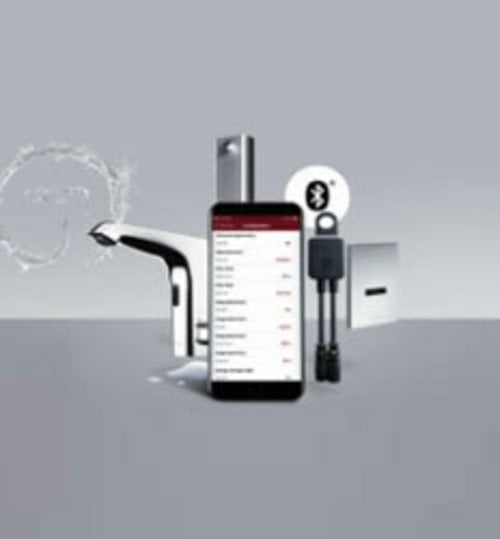
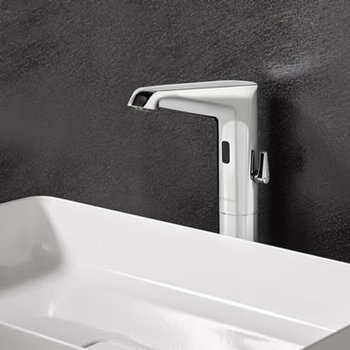
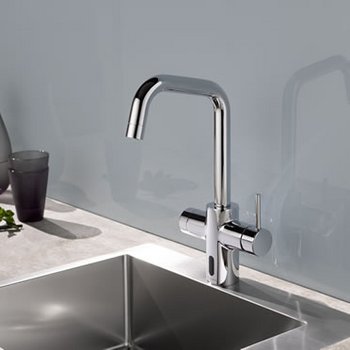
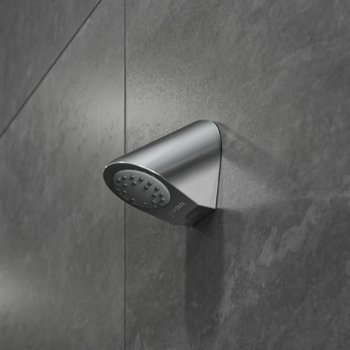
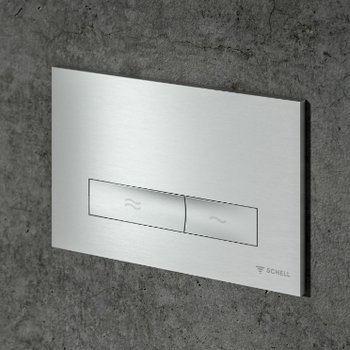
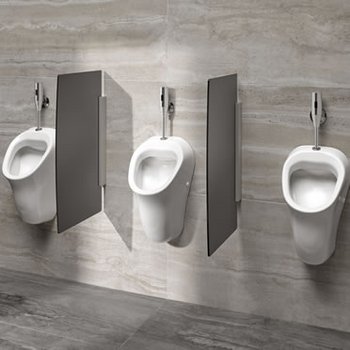
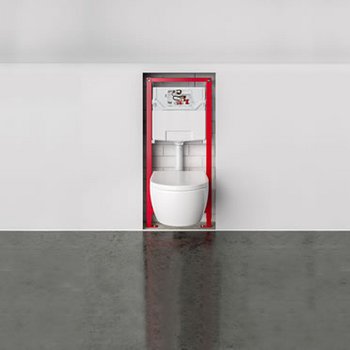
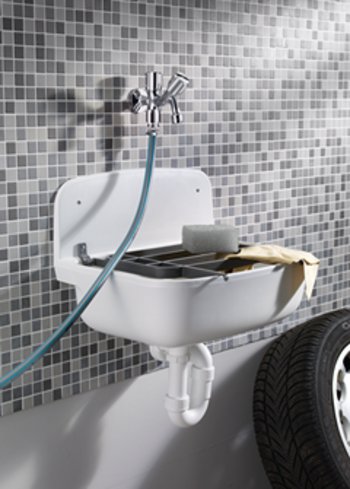
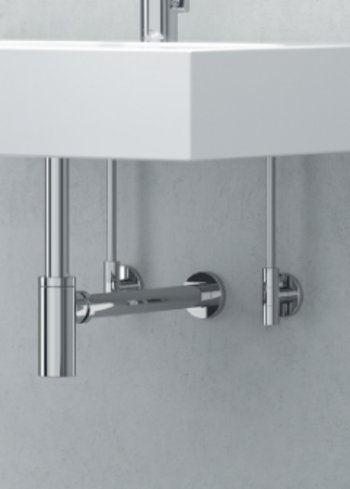
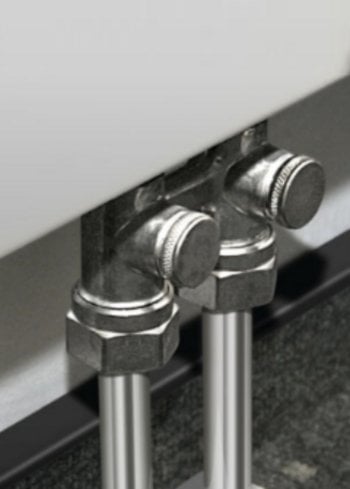
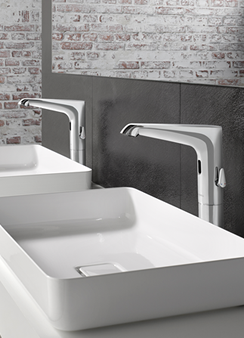
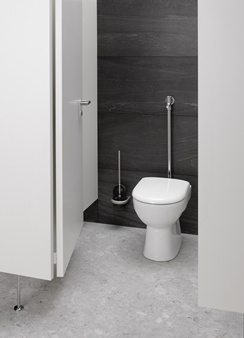
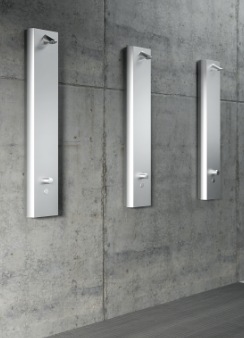

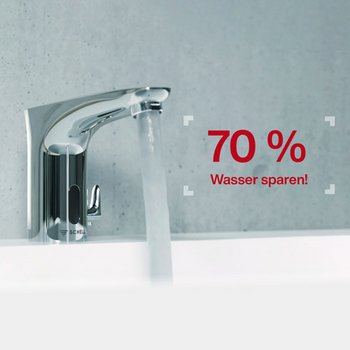
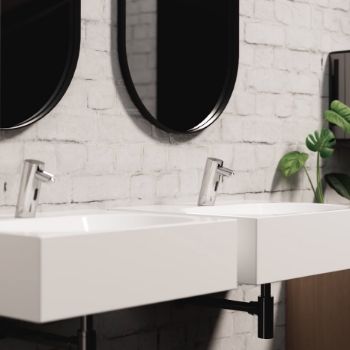


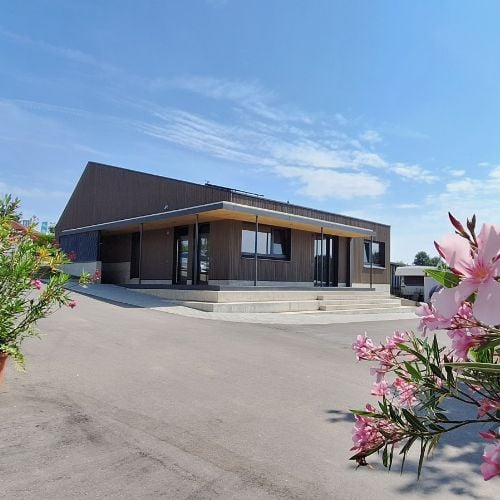

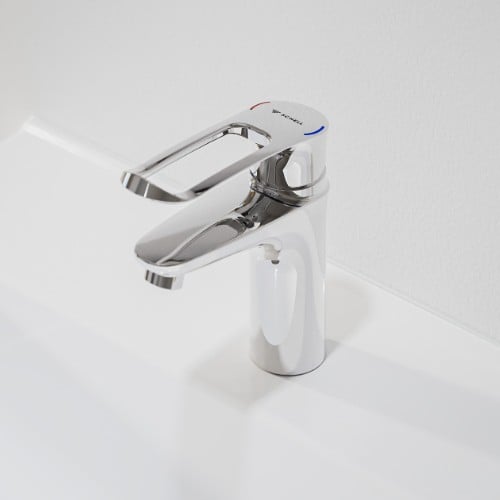
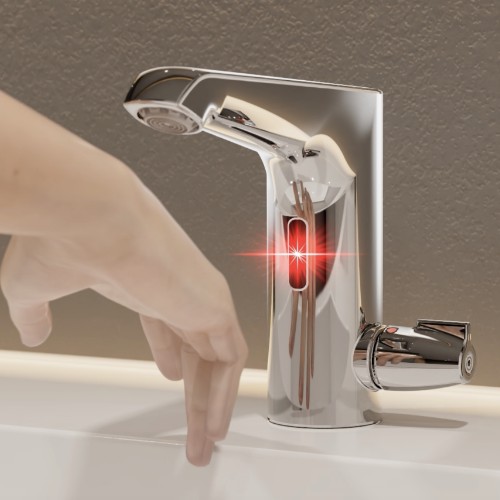
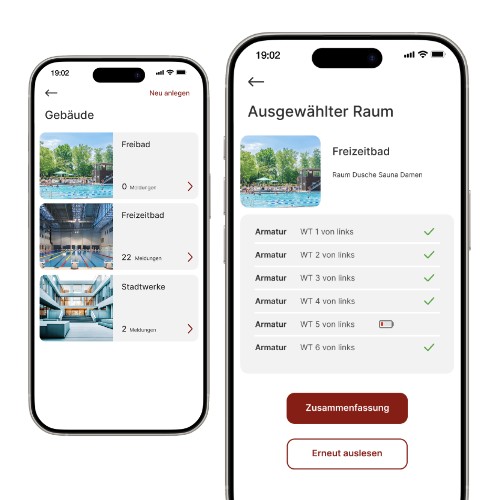
![[Translate to English:] [Translate to English:]](/fileadmin/user_upload/images/menu/menu_service_downloads_broschueren.jpg)
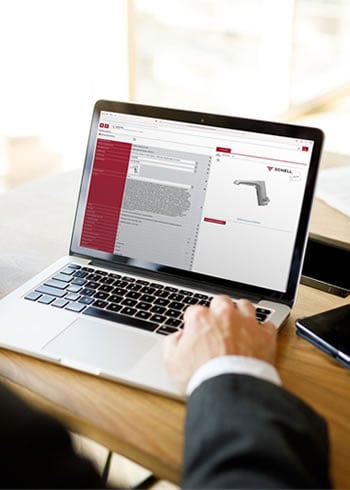



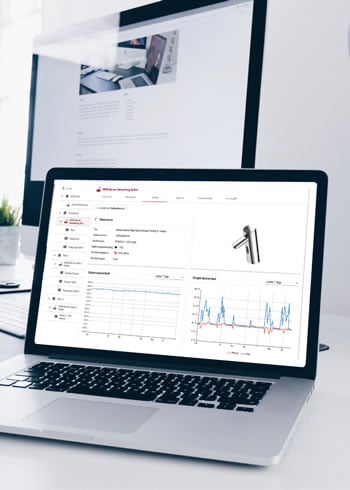


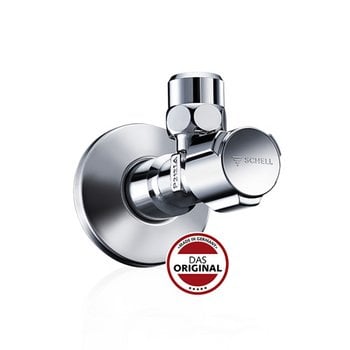
![[Translate to English:] [Translate to English:]](/fileadmin/_processed_/7/7/csm_menu_unternehmen_ueber-schell_awards_f6cec25b1d.jpg)
![[Translate to English:] [Translate to English:]](/fileadmin/_processed_/a/0/csm_menu_unternehmen_ueber-schell_wasser-sparen_41036d2dd9.jpg)






